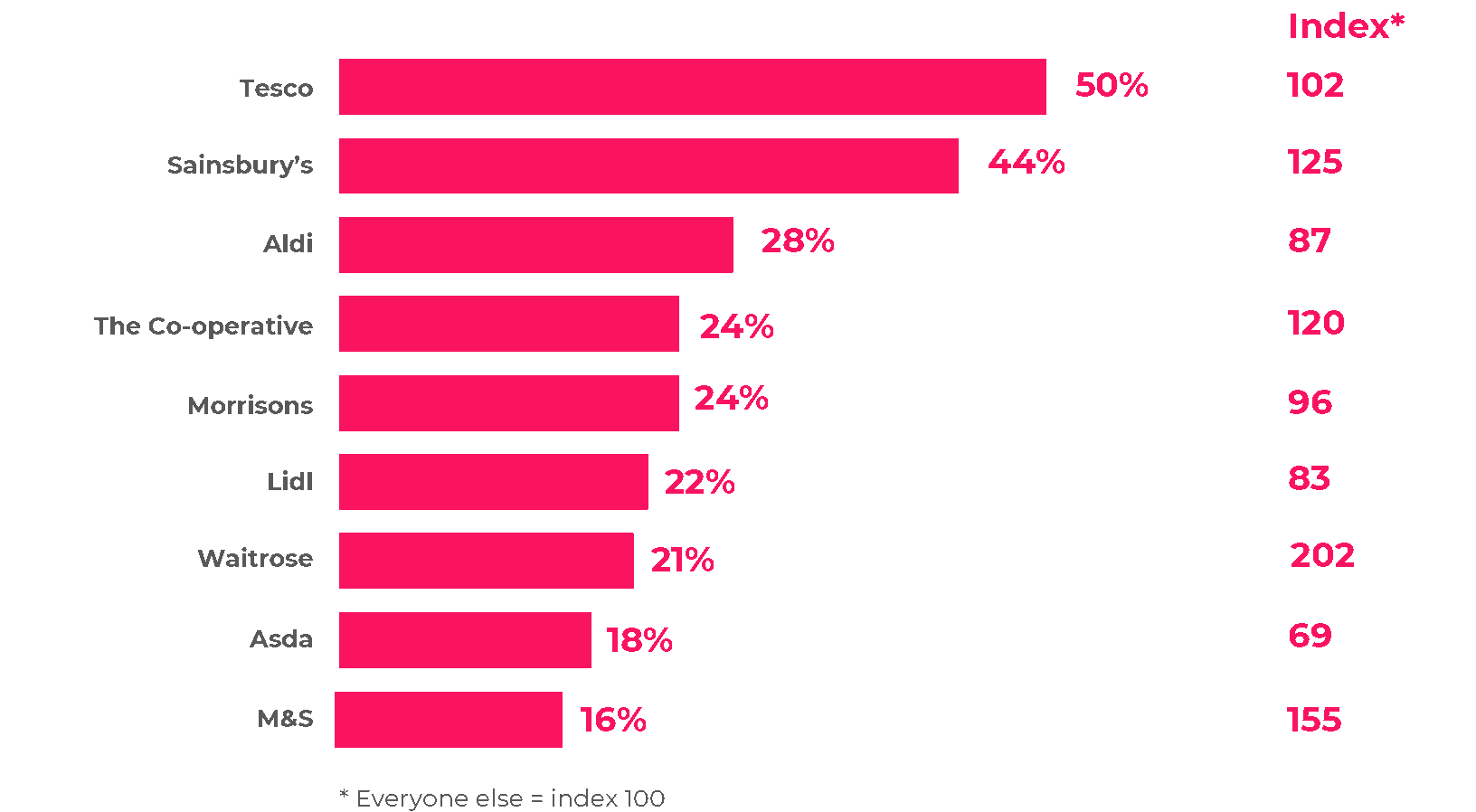S2 NEWSLETTER FEATURED ARTICLE: 30TH NOV 2022
TARGET DEMOGRAPHIC: Attracting the affluent over 55’s tapping into wealthy older consumers
By GILL CHAMBERS, RESEARCH DIRECTOR

With high inflation and the cost-of-living crisis set to wield a significant influence over consumer behaviour in 2023 and beyond, the focus for businesses will be on reaching new consumers and keeping customers on board. Making up a substantial proportion of the population, older, affluent consumers are a critical target demographic for brands and marketers to focus on.
In this piece, we’ll reveal some key insights into this audience to help arm brands with the knowledge they need to effectively connect with these consumers.
Older affluent consumers lead an active lifestyle. Now that their children are grown-up, they have plenty of time for holidays, eating out, socialising and shopping. With the mortgage paid and substantial savings and investments, money is not a worry.
Their high disposable income means they can afford to buy premium products and services. Always looking for the best quality, they are happy to spend highly on fashion and beauty, expensive cars, and luxury holidays.
Philanthropy features heavily with this target demographic; they are much more likely than other consumers to make regular donations to charity, and support organisations such as the National Trust.
Women in this group are image-, health- and appearance-conscious. Making an effort to look youthful, staying healthy, and keeping up-to-date with age-appropriate fashion trends are all important to them. They are not impulsive shoppers, planning what they need for their own wardrobe and what gifts to buy.
Older affluent men are not so interested in fashion; nevertheless, they are confident in their own style and will spend a lot on outerwear and shoes, always from premium brands.
Older affluent consumers are much more likely than other consumers to be interested in finance, news and politics, and cars and motoring.

Older affluent consumers are loyal to trusted premium brands and tend to favour those with ethical credentials. Trust in a brand or retailer is significant in their decision-making, and they tend to be loyal once they find a brand they like. They will happily pay extra for quality or Fairtrade; price is not really a consideration.
They buy clothes, shoes and accessories at retailers that offer perceived quality. On the high street that means stores such as John Lewis and M&S, alongside smaller independent retailers. For groceries, older affluent consumers are much more likely than other consumers to shop at Waitrose, M&S and Sainsbury’s.

With more time on their hands, older affluent consumers are avid readers; they are much more likely than other consumers to read books and a daily newspaper. They prefer printed media, being significantly more likely than younger consumers to read newpapers and magazines offline.
TV programmes watched reflect their interests:

Although they have the latest expensive smart TV, tech doesn’t play a major role in the older affluent consumer’s life. They have a smartphone, but will use a laptop rather than a phone or tablet. They are not particularly connected, and don’t tend to use apps for shopping, social media or accessing magazines. Beauty news and style inspiration come from the pages of magazines.
For fashion and homewares, older affluent target demographic are more likely to shop offline, generally preferring to browse and purchase on the high street, supporting local businesses over national chains where they can.
In contrast, for food, they will happily use online shopping services, although they do tend to prefer to see products before they buy them, and will browse the aisles when they have time.
For brands looking to reach this lucrative group, the solution to tapping into their loyalty lies in openly valuing their status and their affinity with the finer things in life.
Whilst the over 55 affluent consumers love their smartphones and laptops, inspiration still comes as much from in person experience as it does from online research.
Branded e-mails and social media, along with more traditional methods such as quality direct mail pieces, are the most effective ways for brands to reach them.
Take a look at other industry news and articles.
GOT AN ACTIVE PROJECT REQUIREMENT?
Get in touch today with our team today to take your brand’s success rate to the next level.
